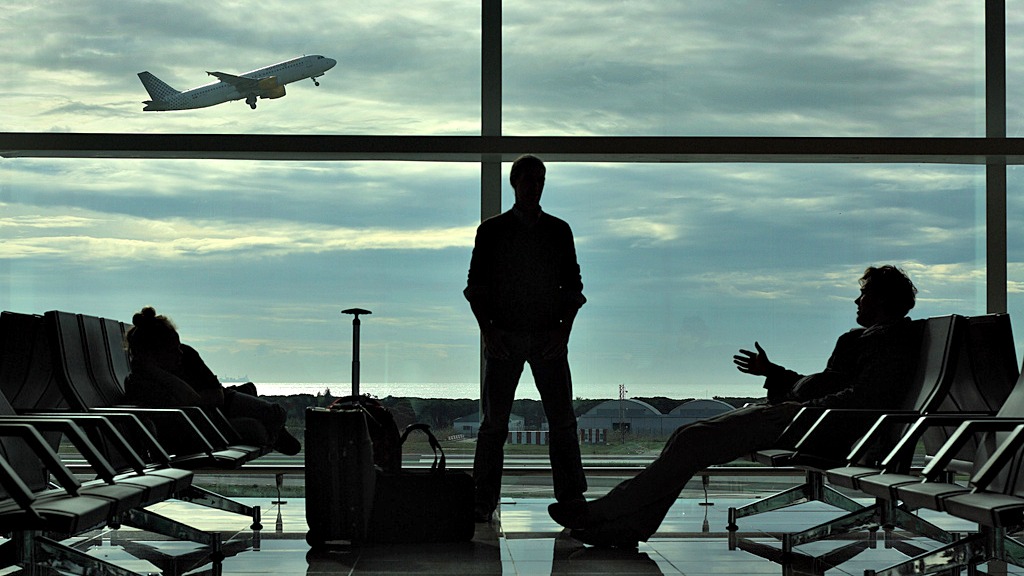To most people, hopping on a plane from Hawaii to the East Coast and getting in way earlier than expected is just a stroke of luck — little more than an excuse for a self-congratulatory coffee from one of the 200 Starbucks lining the airport terminal. But to Hannah Barkley, a PhD student in oceanography at MIT who is about to put you to shame, it’s a scientific phenomenon worth investigating.
Barkley enjoyed one of these lucky trips on her way back from doing field work in Hawaii not too long ago. Back on campus, she asked Kris Karnauskas, a researcher in the Woods Hole Oceanographic Institution’s Geology and Geophysics Department, why her flight was so off, and the two subsequently got lost in decades worth of wind speed data and flight times between Honolulu and major West Coast cities. Long story short: There’s a strong link between those lucky flights and fluctuations in climate.
In a paper published today in Nature Climate Change, Karnauskas, Barkley, and two of their colleagues report that about 88 percent of the variability in domestic flight times is linked to variability in atmospheric circulation. This is largely thanks to a combination of El Niño events — those annoyingly irregular bouts of high Pacific Ocean temperatures — and the so-called Arctic Oscillations — winds that circulate the North Pole, periodically confining the cold arctic air to the pole or letting it escape down to the mid-latitudes.
As the climate changes, both of these atmospheric factors will likely change, meaning the average length of a flight could change, too — which, in turn, could have a real impact on climate change. (Phew, that’s a lotta “change.”) Here’re the numbers from a press release:
According to the study, there are approximately 30,000 commercial flights per day in the U.S. If the total round–trip flying time changed by an average of one minute, the amount of time commercial jets would spend in the air would change by approximately 300,000 hours per year. This translates to approximately 1 billion gallons of jet fuel, which is approximately $3 billion in fuel cost, and 10 billion kilograms of CO2 emitted, per year.
“We already know that as you add CO2 to the atmosphere and the global mean temperature rises, the wind circulation changes as well—and in less obvious ways,” says Karnauskas.
Depending on whether that change is an increase or a decrease in average flight times, this could be good news or bad news for the rest of us, climactically speaking. Karnauskas eventually wants to look at all global flights, according to the press release. In the mean time, perhaps domestic airlines should take note:
In reflecting on the findings of this project and the simple question Barkley had initially asked, Karnauskas says one of the biggest surprises is that the airline industry doesn’t seem to be aware of the flight time patterns beyond the day-to-day.
“The airline industry keeps a close eye on the day-to-day weather patterns, but they don’t seem to be addressing cycles occurring over a year or longer,” he says. “They never say, ‘Dear customer, there’s an El Niño brewing, so we’ve lengthened your estimated flight duration by 30 minutes.’ I’ve never seen that.”
Maybe you haven’t noticed, Karnauskas, but we humans aren’t the best at planning for — or even acknowledging — climate variability.



